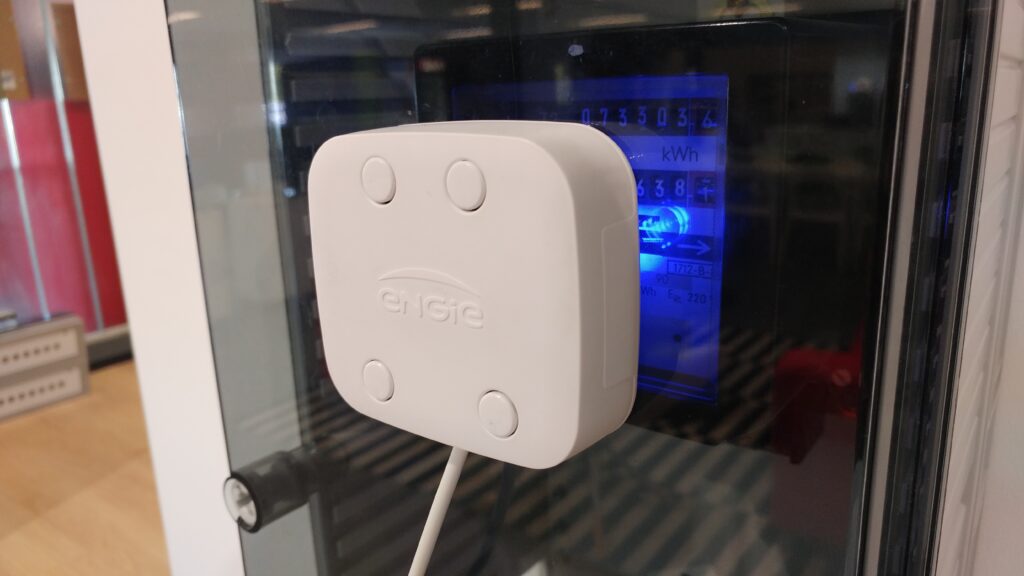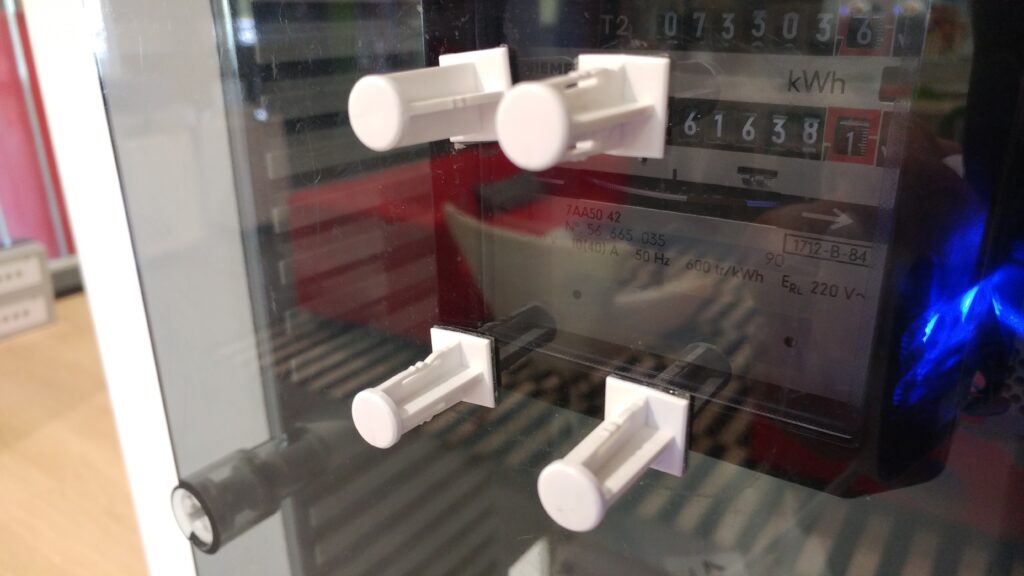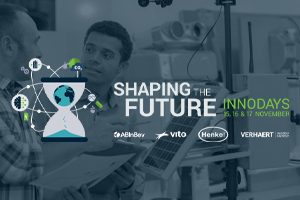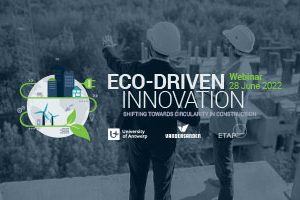I inherited my coffee addiction from my father. However, we’re also very different coffee drinkers and use different devices to brew our morning shot. I want my coffee to be as strong as possible. So one cup is sufficient to wake me up completely in the morning. He prefers to take several large mugs over the course of the day. The coffee makers we use reflect our different preferences.

 Persona 1
Persona 1
The centerpieces at my parents’ kitchen are: the electric coffee machine and the thermos flask right next to it. Surely, under the glass jug, there’s an electric heating plate. But my energy-conscious parents make sure the one-and-a-half liters of fresh coffee is quickly poured in the flask, then the machine can be turned off. The flask assures that even the last big mug of coffee poured is still hot, without wasting too much energy.
 Persona 2
Persona 2
I enjoy my coffee in a different way. Every morning, boiling water goes into the French press. I like my coffee strong. The water gets enough time to extract all the aroma from the ground coffee before I manually press down the piston. The single cup of coffee never gets the time to cool down. The pot is quickly cleaned and stored away. Having little space in my apartment kitchenette, I cannot afford to leave it standing in the way.
What is coffee anyway?
Coffee is universal, yet different everywhere you go. What I find interesting as an engineer is the way the same problem can be solved in different ways for different users.
This is relatively common in product development. It’s also one of its challenges. One of the tools to face this challenge is Value Engineering. The main formula of Value Engineering might seem a bit academic. Let’s try to clarify it a bit.
When developing a product, the first question is: “What does this product need to do?” Solving a problem often consists of different tasks, or functions. For example, coffee is always made in the same way:
- First, you need to pour hot water on ground coffee beans.
- Once the coffee aroma dissolved in the water, the ground coffee has to be separated again from the brew.
- Finally, you need to provide a convenient way to serve the coffee.
- Apart from this, the user wants to clean the material and maintain the footprint of the device acceptable. The whole solution cannot be excessively expensive either.
These actions are fairly simple and straightforward. Nevertheless, they are executed in distinct ways in different coffee devices. A function can often be met in different ways. The choice for or against an option is based on the benefit it brings to the user, compared to the its cost.
What’s important for the user? What price is he or she prepared to pay for this? The answer to these questions depends both on the individual user and the occasion and can be found through value engineering.
On one side, you have the electric coffee maker. It’s highly automatic: the user puts in cold water and ground coffee in a paper filter. The coffee maker heats up the water autonomously. The machine fills up the jug and even keeps it hot for the user. It is very suitable for people who prefer to drink large quantities of mild coffee over an extended period of time. An electric coffee maker is designed to be permanently installed in the kitchen. It comes with a distinctive noise.
The French press offers a different solution. The design assumes that it’s not that difficult for the user to provide some hot water. To filter the ground from the coffee, the user has to press down the filter manually. This is a small ritual that amateurs can appreciate. This solution is perfect for users who prefer smaller quantities of strong coffee to start their day. A French press has an elegant glass design. You can place it directly on the desert table. Once you had your coffee, the pot is quickly cleaned and stored back in the cupboard.
The mokapot ingeniously uses the steam pressure of the boiling water to percolate it through the coffee. The robust and compact design makes it suitable to use everywhere. It works as well on the electric cooking plate at home as on the camping ground coal fire. Because of its versatility it became an icon.
Finally, there’s instant coffee. It’s a very specific product. Since the whole product is soluble in water, no filter is needed. This makes the product extremely transportable, convenient and cheap.
There’s no doubt that this comes at the cost or reduced taste quality of the coffee. Instant coffee is one of those products that stand out by boldly sacrificing performance on some terrains to allow extreme performance on others.
It’s clear that coffee makers differentiate based on different emphases put on the aspects of design, convenience, coffee quality, device footprint, the coffee drinking experience and the portability of the device.
To understand how your product can be different from other solutions on the market, a benefit analysis graph such as below can be very useful.
Benefit analysis graph © VERHAERT
Development of a successful product starts with understanding what’s valuable for the user
A successful product requires the team to find a solid combination of these options, with the intended user in mind. Just like for domestic coffee makers, you can see a clear distinction between commercial ones. If the whole office needs a coffee, but nobody has time to operate and clean the machine than the best coffee machine is a different device than the espresso machine in a breakfast bar. Nevertheless, both machines perform the same functions. The whole difference is in the details: price, design, labor cost, ease to clean the device, coffee volume and quantity and process speed.
Product development is not your history exam in high school. There’s (almost) always more than one answer.
The challenge of product development is to find the optimal combination of the options based on understanding the user, economical profitability and what’s technically feasible.
Understanding these 3 aspects is key in developing a successful product. This is a profoundly multidisciplinary undertaking. The team needs to understand the customer values in a product, and – as important – what’s not of added value to the user. By not integrating an electric heater, the French press or Moka pot can remain very simple, elegant and robust devices. This simplicity creates value for the user and reduces the technical complexity of the production process.
Based on this understanding, the project team can take solid decisions early in the project. Value engineering provides a systematic tool to perform this analysis. By obtaining these insights early in the project, time-consuming, difficult and expensive changes later in the project can be avoided. The cost of turing around a wrong decision increases spectacularly with time. Once a part has been integrated with the rest of the device, you cannot change it without interfering with the rest of the product.
It looks so simple
The interesting aspect of value engineering? How simple the result looks. In a well-designed product, everything comes together. A French press is not difficult to operate. There are no excess parts. It’s simple, reliable and robust.
A few years back, Verhaert Masters in Innovation developed a product for the French energy producer Engie. Consumers often lack the necessary insight in their own consumption pattern to efficiently decrease their energy consumption. To help the user, Engie asked Verhaert to develop a solution for monitoring the electrical consumption meter. Apart from the usual cost requirement, this task was complicated by a number of legal barriers. It was prohibited to alter anything to the existing meters. The additional device had to be installed on the outside of the casing. The device had to be installed by a technician working under time pressure. The device couldn’t block the periodical visual inspection by the client or billing inspector. These requirements meant that both the detection method and the attachment method of the device.

The Verhaert team developed a (patented) optical detection method that was sufficiently robust to allow the device to be installed manually, without needing to fine-tune the position afterwards. This detection method is sufficiently robust to function correctly for all the different types of meters in use. The attachment method was developed together with the detection method.

Once the technician has positioned the device with respect to the meter, he pushes in the studs to attach them to the casing. When the user wants to inspect the meter visually, he can remove the device from the studs for a moment. The correct positioning is guaranteed by snapping the device back over the studs.
Apart from its primary function – reading the meter – and the legal barriers, the product was designed specifically with the benefits for the users in mind. Both the installation technician as the energy consumer were not forgotten. This analysis gave a clear direction for engineering both the optical reading system and the attachment system.
Due to this clear direction in the engineering process, the solution looks extremely simple. This simplicity is a common characteristic of products that have been thought through early in the development. It avoids additional systems and components to allow functions that had not been considered in time.
Conclusion
What I hope you will remember from this. You don’t want to develop a medicine and start looking for a disease that fits it afterwards. The development of a product starts with making clear choices. By understanding your user and the use environment, you know what adds value and what doesn’t. This understanding guides you in deciding what functions to integrate in the product and how to evaluate the different options to implement these functions. If you fail to do this, you risk painting yourself in the corner.
Download the perspective




